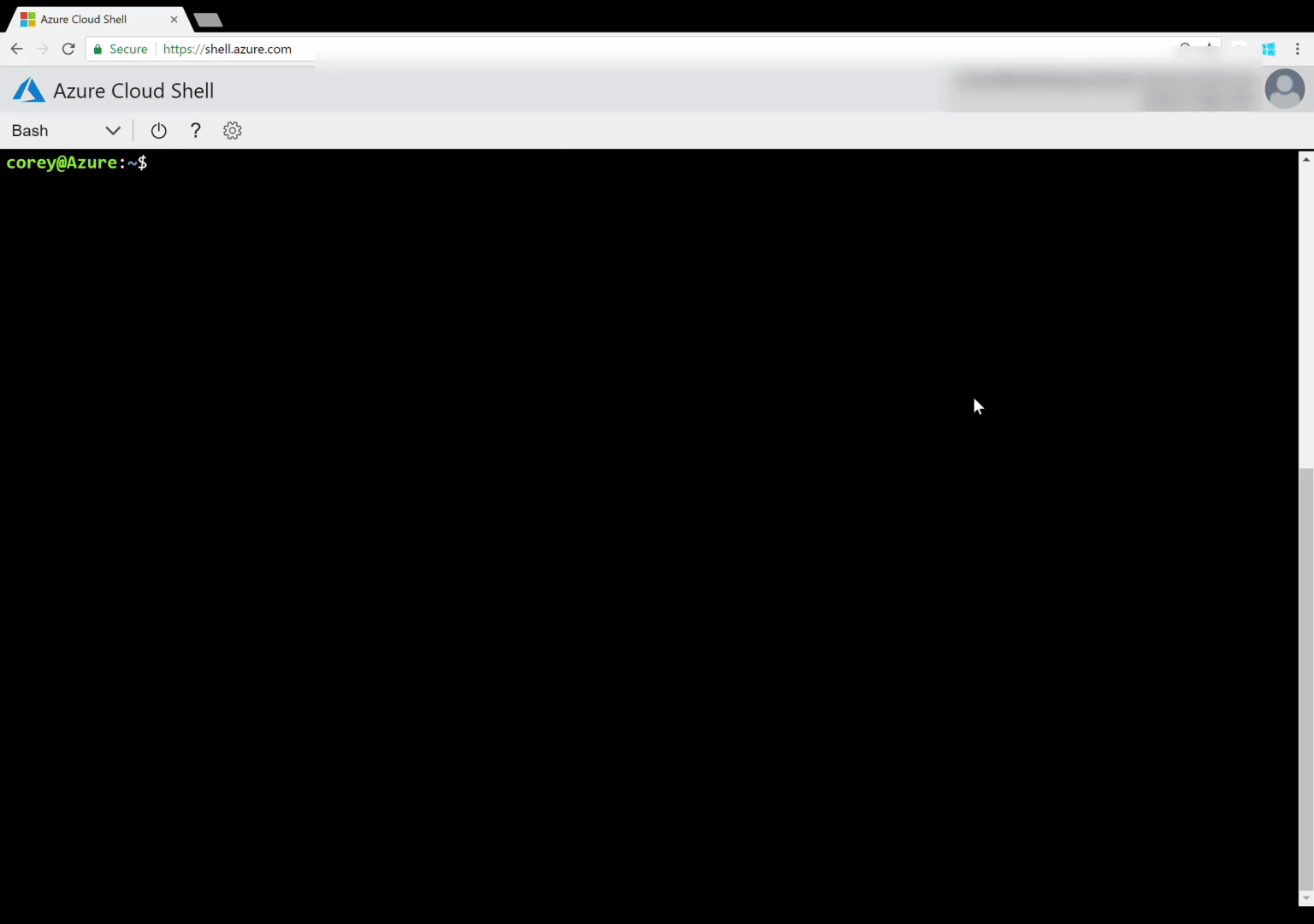As customers grow their deployed application in Azure, we are seeing increased interest in DevOps space for configuration management. In the rapidly evolving cloud space, bringing the on-premises expertise to fluently work in cloud brings increased efficiency. With our strong and growing partnership with Redhat, I am extremely excited to announce some key improvements with developer experience of Ansible on Azure.
Ansible in Azure Cloud Shell
Ansible is now available, pre-installed and ready to use for every Azure user in the Azure Cloud Shell. We want to make it really easy for anyone to get started with Ansible. The Azure Cloud Shell is a browser-based command-line experience that enables Ansible commands to be executed directly in the portal. This shell can run on any machine and any browser. It even runs on your phone!
With this enhancement you can use Ansible right in the Azure Portal. There is no need to install python dependencies, there is no additional configuration and no additional authentication! It just works!
Ansible extension in Visual Studio Code
We also have released an Ansible extension for Visual Studio Code that allows for faster development and testing of Ansible playbooks. You can use this extension to get code snippets for any Ansible module, get syntax highlighting and even run the playbook locally, in Docker containers, or directly in the Azure Cloud Shell.
I am really excited about the improvements in developer experiences for Ansible users on Azure. Go ahead and try Ansible in Azure and the new Visual Studio Code extension.
To learn more, watch this episode of Azure Friday on channel 9 update and visit our new Ansible documentation hub.
Thanks,
Corey


